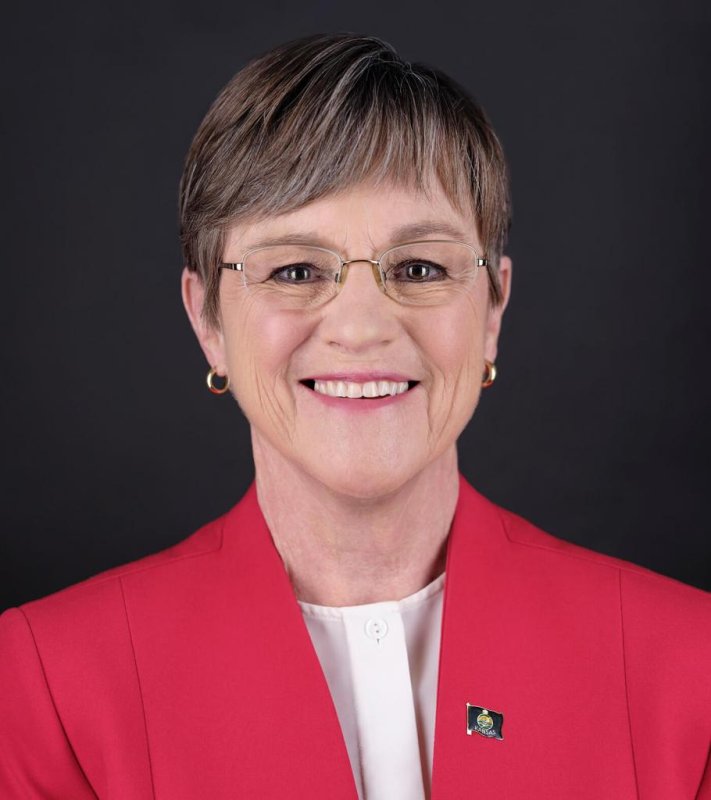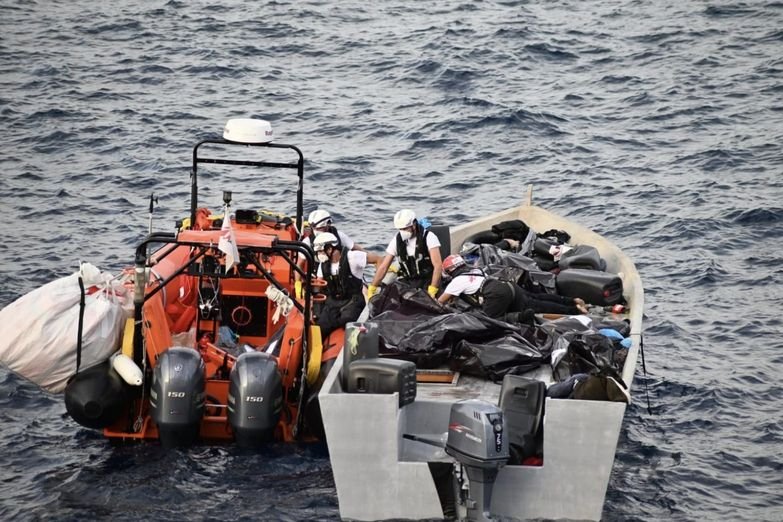Published April 28, 2022


The writer is a former deputy governor of the State Bank of Pakistan.
WHY do conspiracy theories thrive and divide political opinion so much? The answer to this question is, perplexingly, very simple and rooted in the science of making decisions under uncertainty. A simplified scientific dictum is that the ‘absence of evidence is not the evidence of absence’. A theory, however, cannot be accepted just because there was no evidence to reject it. So why do people usually start believing in conspiracy theories?
Before answering the question, it is necessary to understand decision-making processes that are conducted under uncertainty, and how different entities (businesses, governments, parliamentary bodies, judicial bodies, etc) make their decisions. For instance, judicial bodies decide whether a particular act is in accordance with the law and reach a verdict on the basis of evidence, without going into the consequences of their decision. Non-judicial bodies react to a particular situation or event. They have to take day-to-day decisions continuously and under conditions of uncertainty. In making decisions, governments seldom have incontrovertible evidence regarding the superiority of one course of action over another.
If a government entity is confronted with a situation where there are only a few clues or signs that point to a conspiracy against national sovereignty or security, it must make a decision to either accept it or reject it. In conditions of uncertainty, or lacking full evidence, it will rely on the credibility of the available, although incomplete, evidence to form an opinion. Unlike judicial bodies, it will also think of the consequences of its decision. The expected consequences will ultimately drive its decision if the evidence itself is scant. One of the many reasons for the separation of judicial and non-judicial powers is that the latter has to concern itself with the consequences of decision-making as opposed to the former. That difference notwithstanding, non-judicial bodies must also ensure that their decision-making procedure is not in violation of the law.
What are the consequences in the eyes of the decision-makers? Even if there is little to suggest a conspiracy, the expected costs of rejecting a theory that is not substantiated by concrete proof could be immense. From this perspective, there seems to be nothing wrong with clinging to an idea branded a conspiracy theory. Uncertainty propels people to rely on clues and signs like Sherlock Holmes did.
Blind belief in a conspiracy theory can be dangerous, but a nuanced approach is useful.
If the views of a large number of people match those of the decision-makers in terms of the expected consequences of a ‘conspiracy’, then it would be naïve for the intelligentsia to term their belief as irrational. When intellectuals start lamenting about the naivety of people, they need to put themselves in the shoes of those they are criticising. This, of course, is not easy, and the inability or unwillingness to do so leads to political polarisation, which is at alarming levels nowadays.
According to Ikram Junaidi’s report in this newspaper some days ago, even seven-year-old children are divided according to their, or their parents’, political beliefs, and sit separately from each other in their classrooms. Nothing can be more despicable than this. All of us have a collective responsibility to reverse this trend in order to strengthen national solidarity.
According to political scientist Joseph Uscinski, “If conspiracy theorists are crazy or stupid, why are they so numerous and stubborn? Perhaps the reason is that conspiracy theories are less about specific details and more about broader conceptions of power: who has it and what are they doing with it? In this sense, conspiracy theories are alarm bells, trip wires, early warning systems. They alert the vulnerable to coming threats, violations of ground rules, and the abuse of power. The alarms sound even when the threat is not realised. The question is, would democracy be better off with more warning bells, or with less?”
While I do not have the answers to Uscinski’s questions, we need to review two important recent developments in the context of the debate on conspiracy theories. One alarming event has already been forgotten by most of us: it was an actual breach of our national borders and security when a runaway flying object from across our eastern border hit our soil last month. Luckily, it was not mounted with a warhead. According to the Scientific American, it was a BrahMos missile. The Indian authorities brushed aside this dangerous event as routine malfunction. Whether it was accidental or deliberate will not be known to us.
One theory was circulated by a defence analyst that it was deliberate move by India that wanted to test our defence system. Whether or not this theory is correct, it can still serve a useful purpose and lead to a review of the strength of our defence systems. The point here is that even if there is scant evidence to show that it was a non-accidental strike, there is no harm in accepting the possibility of the latter and boosting our defence systems if needed. We need not take the theory in the direction of a counter-response though. Blind belief in a conspiracy theory can be dangerous, but a nuanced approach is useful.
The second event occurred on April 10, when a no-confidence motion in the National Assembly was held, in line with our constitutional provisions and the Supreme Court’s directions. A week earlier, the National Assembly had been dissolved on the basis of the expected consequences of an alleged international conspiracy seeking regime change through a no-confidence resolution filed earlier. The judiciary decided on the basis of, not of the expected consequences, but adherence to the law. Our people may be naïve, but they are not oblivious to the current political turmoil. Some are celebrating purana Pakistan, others are dreading it. Despite all this upheaval, two welcome developments augur well for our future. Our judicial bodies seem to have buried the infamous doctrine of necessity and our military authorities have committed themselves to not interfering in politics. Aren’t these signs of an emerging naya Pakistan?
rriazuddin@gmail.com
Published in Dawn, April 28th, 2022
WHY do conspiracy theories thrive and divide political opinion so much? The answer to this question is, perplexingly, very simple and rooted in the science of making decisions under uncertainty. A simplified scientific dictum is that the ‘absence of evidence is not the evidence of absence’. A theory, however, cannot be accepted just because there was no evidence to reject it. So why do people usually start believing in conspiracy theories?
Before answering the question, it is necessary to understand decision-making processes that are conducted under uncertainty, and how different entities (businesses, governments, parliamentary bodies, judicial bodies, etc) make their decisions. For instance, judicial bodies decide whether a particular act is in accordance with the law and reach a verdict on the basis of evidence, without going into the consequences of their decision. Non-judicial bodies react to a particular situation or event. They have to take day-to-day decisions continuously and under conditions of uncertainty. In making decisions, governments seldom have incontrovertible evidence regarding the superiority of one course of action over another.
If a government entity is confronted with a situation where there are only a few clues or signs that point to a conspiracy against national sovereignty or security, it must make a decision to either accept it or reject it. In conditions of uncertainty, or lacking full evidence, it will rely on the credibility of the available, although incomplete, evidence to form an opinion. Unlike judicial bodies, it will also think of the consequences of its decision. The expected consequences will ultimately drive its decision if the evidence itself is scant. One of the many reasons for the separation of judicial and non-judicial powers is that the latter has to concern itself with the consequences of decision-making as opposed to the former. That difference notwithstanding, non-judicial bodies must also ensure that their decision-making procedure is not in violation of the law.
What are the consequences in the eyes of the decision-makers? Even if there is little to suggest a conspiracy, the expected costs of rejecting a theory that is not substantiated by concrete proof could be immense. From this perspective, there seems to be nothing wrong with clinging to an idea branded a conspiracy theory. Uncertainty propels people to rely on clues and signs like Sherlock Holmes did.
Blind belief in a conspiracy theory can be dangerous, but a nuanced approach is useful.
If the views of a large number of people match those of the decision-makers in terms of the expected consequences of a ‘conspiracy’, then it would be naïve for the intelligentsia to term their belief as irrational. When intellectuals start lamenting about the naivety of people, they need to put themselves in the shoes of those they are criticising. This, of course, is not easy, and the inability or unwillingness to do so leads to political polarisation, which is at alarming levels nowadays.
According to Ikram Junaidi’s report in this newspaper some days ago, even seven-year-old children are divided according to their, or their parents’, political beliefs, and sit separately from each other in their classrooms. Nothing can be more despicable than this. All of us have a collective responsibility to reverse this trend in order to strengthen national solidarity.
According to political scientist Joseph Uscinski, “If conspiracy theorists are crazy or stupid, why are they so numerous and stubborn? Perhaps the reason is that conspiracy theories are less about specific details and more about broader conceptions of power: who has it and what are they doing with it? In this sense, conspiracy theories are alarm bells, trip wires, early warning systems. They alert the vulnerable to coming threats, violations of ground rules, and the abuse of power. The alarms sound even when the threat is not realised. The question is, would democracy be better off with more warning bells, or with less?”
While I do not have the answers to Uscinski’s questions, we need to review two important recent developments in the context of the debate on conspiracy theories. One alarming event has already been forgotten by most of us: it was an actual breach of our national borders and security when a runaway flying object from across our eastern border hit our soil last month. Luckily, it was not mounted with a warhead. According to the Scientific American, it was a BrahMos missile. The Indian authorities brushed aside this dangerous event as routine malfunction. Whether it was accidental or deliberate will not be known to us.
One theory was circulated by a defence analyst that it was deliberate move by India that wanted to test our defence system. Whether or not this theory is correct, it can still serve a useful purpose and lead to a review of the strength of our defence systems. The point here is that even if there is scant evidence to show that it was a non-accidental strike, there is no harm in accepting the possibility of the latter and boosting our defence systems if needed. We need not take the theory in the direction of a counter-response though. Blind belief in a conspiracy theory can be dangerous, but a nuanced approach is useful.
The second event occurred on April 10, when a no-confidence motion in the National Assembly was held, in line with our constitutional provisions and the Supreme Court’s directions. A week earlier, the National Assembly had been dissolved on the basis of the expected consequences of an alleged international conspiracy seeking regime change through a no-confidence resolution filed earlier. The judiciary decided on the basis of, not of the expected consequences, but adherence to the law. Our people may be naïve, but they are not oblivious to the current political turmoil. Some are celebrating purana Pakistan, others are dreading it. Despite all this upheaval, two welcome developments augur well for our future. Our judicial bodies seem to have buried the infamous doctrine of necessity and our military authorities have committed themselves to not interfering in politics. Aren’t these signs of an emerging naya Pakistan?
rriazuddin@gmail.com
Published in Dawn, April 28th, 2022


















